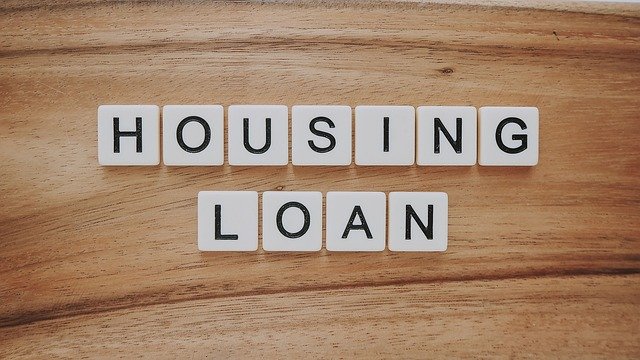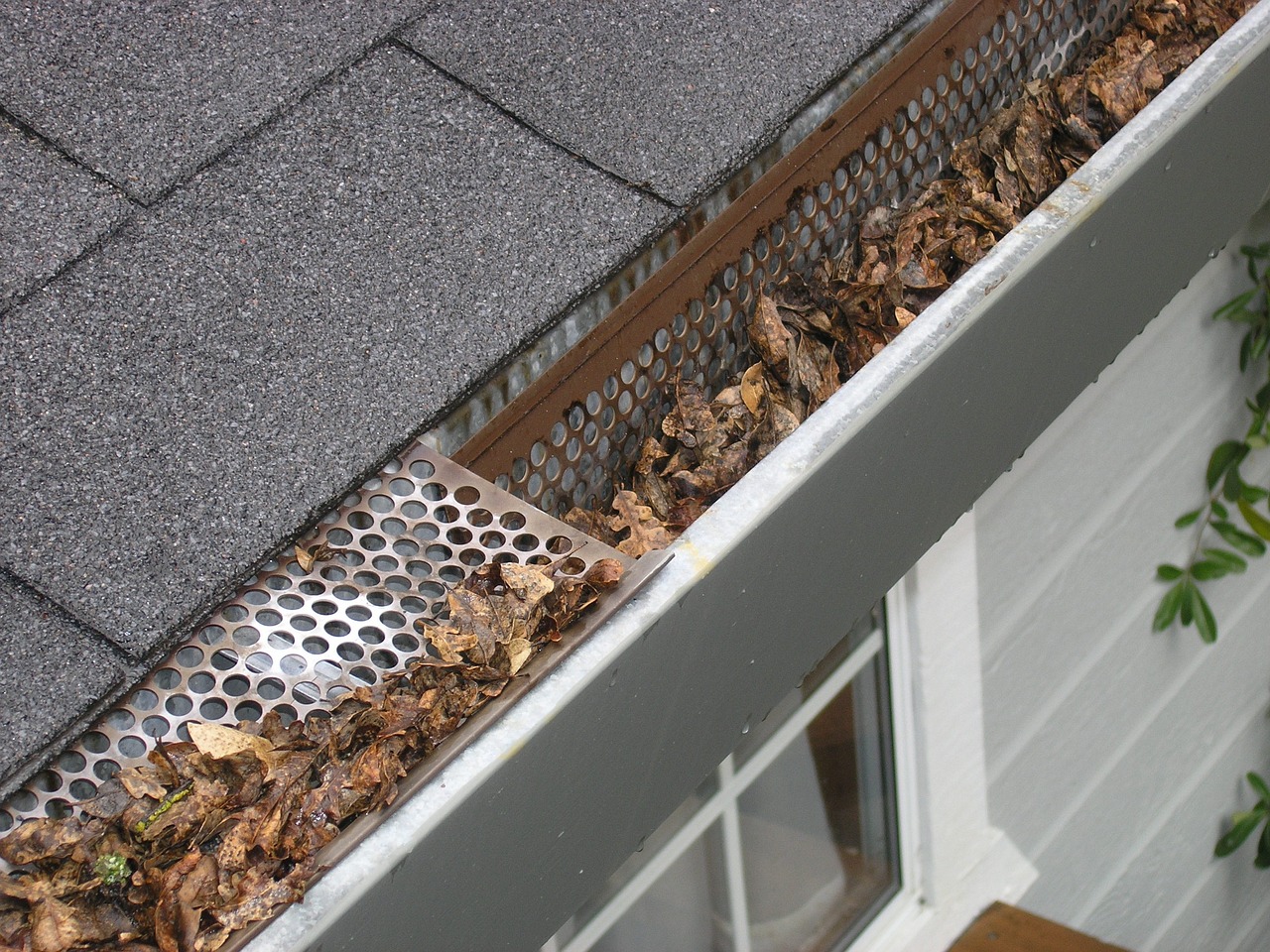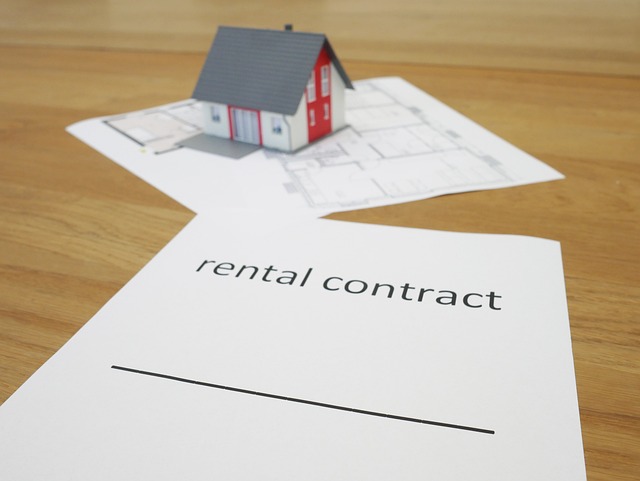Understanding Reverse Mortgages: Benefits, Costs, and Alternatives
A reverse mortgage is a financial product designed for homeowners aged 55 and older (62+ in the US) that allows them to convert part of their home equity into cash without selling the property or taking on monthly mortgage payments. Unlike a traditional mortgage where you make payments to a lender, with a reverse mortgage, the lender pays you. The loan is repaid when you move out, sell your home, or pass away. For many seniors facing retirement with limited income but substantial home equity, reverse mortgages can provide financial flexibility, but they come with significant considerations that must be carefully evaluated.

What Exactly is a Reverse Mortgage and How Does it Work?
A reverse mortgage allows homeowners to access the equity they’ve built in their homes without selling or moving out. To qualify, borrowers must typically be at least 55 or 62 years old (depending on the country), own their home outright or have a low mortgage balance that can be paid off with the reverse mortgage proceeds.
The amount you can borrow depends on several factors, including your age, home value, current interest rates, and the specific reverse mortgage program. Generally, older borrowers with more valuable homes can access larger loan amounts.
The funds can be received in several ways: as a lump sum, a line of credit, regular monthly payments, or a combination of these options. What makes reverse mortgages unique is that no repayment is required while you live in the home as your primary residence. Instead, interest and fees accumulate over time, and the loan balance grows rather than shrinks.
What Are the True Costs Associated with Reverse Mortgages?
Reverse mortgages typically come with higher costs than traditional mortgages. These expenses include:
-
Origination fees: Lenders charge for processing your application and starting the loan.
-
Mortgage insurance premiums: Required for federally-insured reverse mortgages to protect both borrowers and lenders.
-
Closing costs: Similar to traditional mortgages, including appraisal fees, title searches, and inspections.
-
Servicing fees: Ongoing charges for administering the loan.
-
Interest charges: These compound over time, significantly increasing the total amount owed.
The combination of these fees and accruing interest means the loan balance grows steadily over time. For example, a $100,000 reverse mortgage with a 5.5% interest rate could grow to over $200,000 in 15 years, substantially reducing the equity remaining in your home.
| Provider | Origination Fee | Interest Rate Range | Monthly Servicing Fee |
|---|---|---|---|
| American Advisors Group (AAG) | Up to $6,000 | 5.5% - 7.5% (variable) | $30-$35 |
| Finance of America Reverse | Up to $6,000 | 5.4% - 7.4% (variable) | $25-$35 |
| Reverse Mortgage Funding | Up to $6,000 | 5.3% - 7.2% (variable) | $30 |
| Longbridge Financial | Up to $6,000 | 5.6% - 7.3% (variable) | $30 |
Prices, rates, or cost estimates mentioned in this article are based on the latest available information but may change over time. Independent research is advised before making financial decisions.
How Does a Reverse Mortgage Affect Your Estate Planning?
Reverse mortgages can significantly impact your estate planning and what you leave to heirs. When you pass away, your heirs have several options:
-
Repay the loan and keep the house: Heirs can pay the full loan balance (or 95% of the appraised value, whichever is less) and retain ownership.
-
Sell the house: If the sale covers the loan balance, heirs keep any remaining equity.
-
Deed the house to the lender: If the loan exceeds the home’s value, heirs can simply transfer ownership to the lender without further obligation.
A key consideration is that reverse mortgages reduce the equity that would otherwise be passed on to heirs. For many families, the home represents their largest asset and primary inheritance. A reverse mortgage may significantly reduce or eliminate this inheritance, potentially creating tension if heirs are expecting to receive the home or its full value.
Additionally, reverse mortgages typically contain a “due-on-sale” clause, meaning the entire loan becomes due when the last borrower dies or moves out. This creates a time-sensitive situation for heirs, who typically have 30 days to decide what to do with the property and up to 12 months to arrange financing or sell.
What Are the Hidden Risks That Could Affect Your Financial Future?
While reverse mortgages offer benefits, several less-obvious risks warrant consideration:
-
Default risks: Although you don’t make monthly mortgage payments, you must maintain the property, pay property taxes, and keep homeowner’s insurance current. Failure to meet these obligations can trigger loan default and foreclosure.
-
Moving complications: If health issues force you to leave your home for more than 12 consecutive months (such as for extended medical care), the loan becomes due. This could force the sale of your home during a vulnerable time.
-
Non-borrowing spouse issues: If one spouse is not listed on the reverse mortgage (perhaps because they weren’t old enough to qualify), they may face challenges remaining in the home after the borrowing spouse dies, though recent regulatory changes have added some protections.
-
Future financial needs: A reverse mortgage now may limit options later. For instance, if you need to downsize or move to assisted living, having reduced equity could constrain your choices.
-
Impact on government benefits: Proceeds from a reverse mortgage could affect eligibility for means-tested government programs like Medicaid or Supplemental Security Income if the funds aren’t spent in the month received.
What Alternatives Should You Consider Before Choosing a Reverse Mortgage?
Before committing to a reverse mortgage, consider these potentially better-suited alternatives:
-
Downsizing: Selling your current home and moving to a less expensive one can free up equity without ongoing interest costs.
-
Home equity line of credit (HELOC): If you need funds temporarily or can manage monthly payments, a HELOC typically has lower closing costs than a reverse mortgage.
-
Refinancing: A traditional mortgage refinance might lower your payments enough to improve cash flow.
-
Property tax deferral programs: Many states offer programs allowing seniors to defer property taxes until the home is sold.
-
Family financing: Arrangements where family members provide funds in exchange for a stake in the home equity can preserve family wealth while providing needed cash.
-
Government assistance programs: Various programs help seniors with energy costs, home repairs, and other expenses that might otherwise drive them toward a reverse mortgage.
Each alternative has its own advantages and drawbacks, but most avoid the compounding interest and high fees associated with reverse mortgages.
The decision to pursue a reverse mortgage should be made carefully after consulting with financial advisors who specialize in retirement planning, and ideally discussing options with family members who may be affected. For many seniors, alternatives may provide similar benefits with fewer long-term costs and complications.




